The Guide to Undercover Pentesting Disguises

Table of Contents
Costumes and Disguises for Undercover Pentesters
In the world of cybersecurity, staying one step ahead of hackers and cybercriminals is a constant challenge. One effective way to do this is by employing undercover pentesters – experts who assess the security of computer systems and networks by simulating attacks. To successfully blend in with the environment they are testing, these pentesters often use costumes and disguises. In this article, we will explore the importance of costumes for undercover pentesters, the various disguises they may use, and the significance of staying inconspicuous in the world of cybersecurity.
The Significance of Undercover Pentesters
Before delving into the world of costumes for undercover pentesters, it’s essential to understand why these professionals are so crucial. Undercover pentesters are cybersecurity experts hired to evaluate the vulnerabilities in a system, much like how real hackers would. Their work helps organizations identify weaknesses in their security and rectify them before malicious actors can exploit them. This proactive approach is crucial in safeguarding sensitive data and maintaining the integrity of computer networks.
The Art of Staying Inconspicuous
When undercover pentesters infiltrate a network, the last thing they want is to draw attention to themselves. Their effectiveness relies on remaining unnoticed, allowing them to uncover vulnerabilities without alerting the target system’s defenders. This is where costumes and disguises come into play.
Why Disguises Matter
Disguises serve several purposes for undercover pentesters. They help blend in with employees, contractors, or visitors, reducing the risk of being identified as a threat. Furthermore, disguises can be used to gain access to restricted areas or information. This section examines the various types of disguises and costumes pentesters might employ.
Common Disguises and Costumes

Masters of Infiltration: Unmasking the Disguises of Cybersecurity Guardians
To maintain their cover, undercover pentesters need to adopt a range of disguises, each tailored to the specific environment they are infiltrating. Here are some common disguises and costumes they might use:
1. The IT Technician
In many organizations, IT technicians are a common sight. Pentesters can don the attire of an IT technician to gain access to server rooms, network closets, or even individual workstations. Carrying a toolkit, wearing a badge, and acting confident in their role can help them go unnoticed.
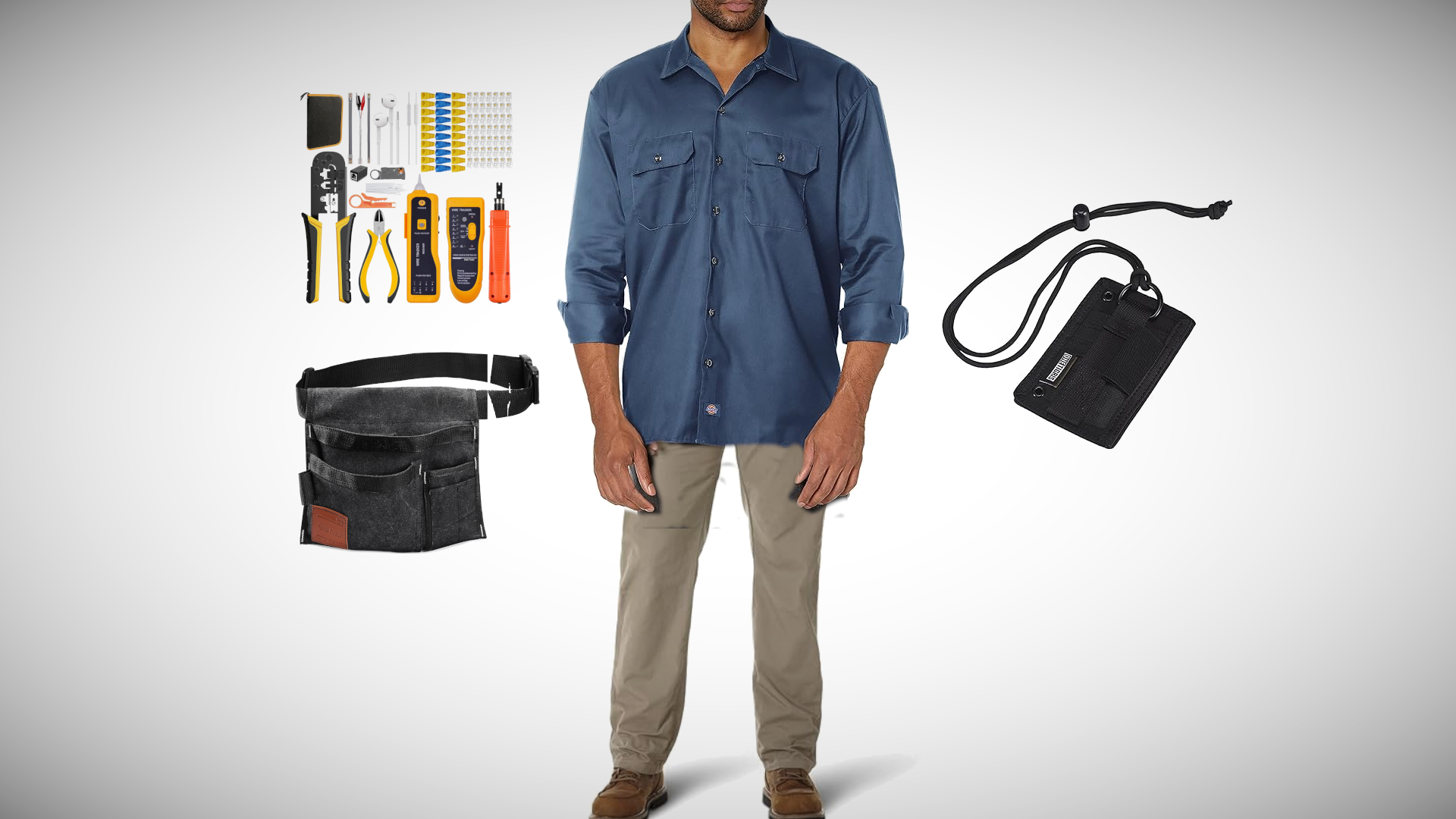
2. The Janitor

Janitors have access to virtually all areas within a building, making this disguise a favorite among pentesters. Carrying cleaning supplies and a uniform, they can discreetly inspect areas and plug in devices for testing.
For situations where blending in as janitorial staff provides strategic advantages, consider the following disguise kit:
3. The Consultant

A well-dressed consultant can easily blend in with office staff. This disguise allows pentesters to engage with employees, assess their security practices, and potentially gain access to sensitive information.
For scenarios where a business-oriented persona is the key to access, consider the following disguise kit:
4. The Delivery Person

Dressed as a delivery person, pentesters can deliver packages while also surreptitiously assessing the security of the organization. This disguise is excellent for checking if employees are following proper procedures for incoming deliveries.
For situations requiring a delivery worker disguise, consider the following kit:
5. The New Employee

Pentesters can assume the identity of a new employee, complete with an orientation packet and a sense of eager curiosity. This disguise allows them to closely interact with existing staff, test employee security awareness, and assess onboarding procedures.
For scenarios where blending in as a business professional is crucial, consider the following kit:
6. The Repair Technician
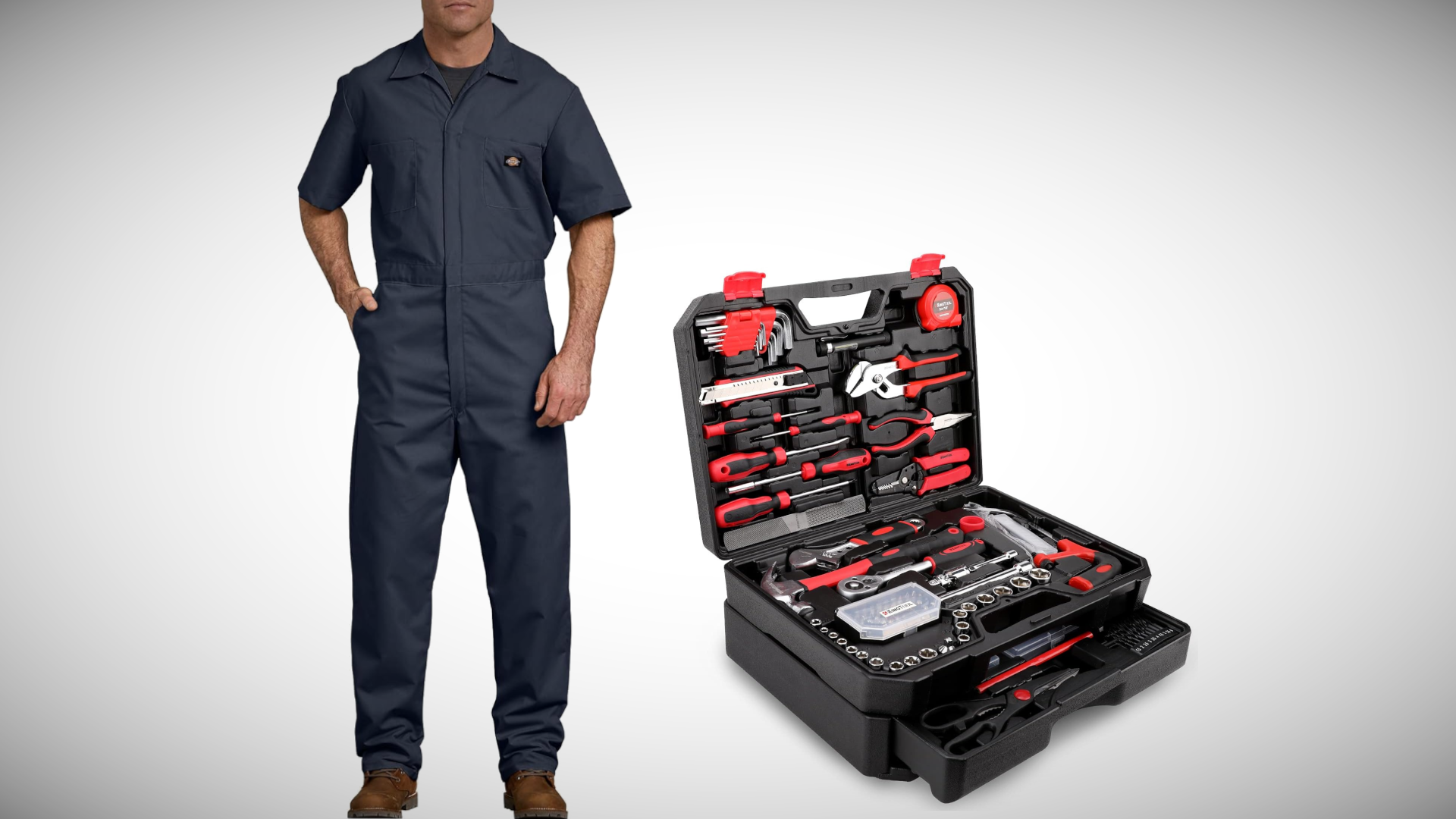
In this role, pentesters can carry a toolbox and wear a uniform that resembles that of a repair technician for office equipment or appliances. This disguise provides access to various areas while maintaining a legitimate reason for being on-site. This covers multiple roles A/C, Electrician, Plummer, Elevator Repair, etc.
For scenarios where disguising as maintenance personnel is necessary, consider the following kit:
If you’re going to go the elevator repair tech route you might…
Watch this video:
Showout to Deviant Ollam and Howard Payne from The Core Group
Elevator Access Tools:
For professionals needing elevator access tools, consider the following kit:
7. The Guest Speaker

Pretending to be a guest speaker or presenter at a conference or workshop hosted by the organization is another effective disguise. It grants pentesters access to both employees and potentially sensitive information.
For blending into corporate environments, consider the following:
8. The Intern

As an intern, pentesters can infiltrate organizations and work closely with staff. This disguise is ideal for observing internal practices and identifying security gaps.
For a polished and professional intern look, consider the following items:
9. The Vendor

Dressing as a vendor or supplier gives pentesters access to loading docks, inventory areas, and supply rooms. They can observe security protocols and assess vulnerabilities.
To appear as a vendor or supplier, consider the following attire:
10. The Construction Worker
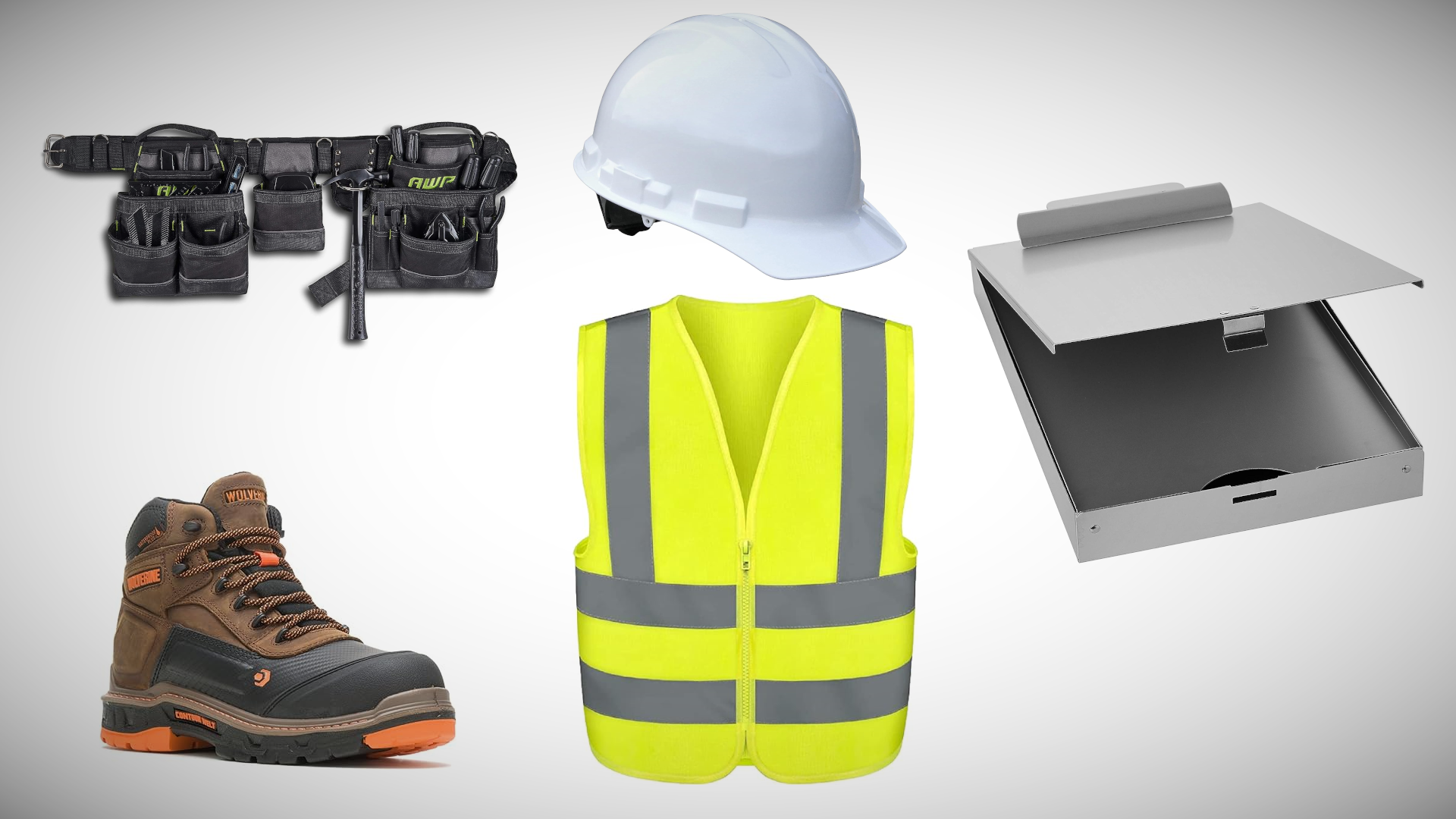
Pentesters can disguise themselves as construction workers, providing access to construction sites, building areas, and equipment storage. This guise enables them to assess security measures and identify vulnerabilities.
To blend in as a construction worker and gain access to related areas, consider the following attire:
The Role of Technology
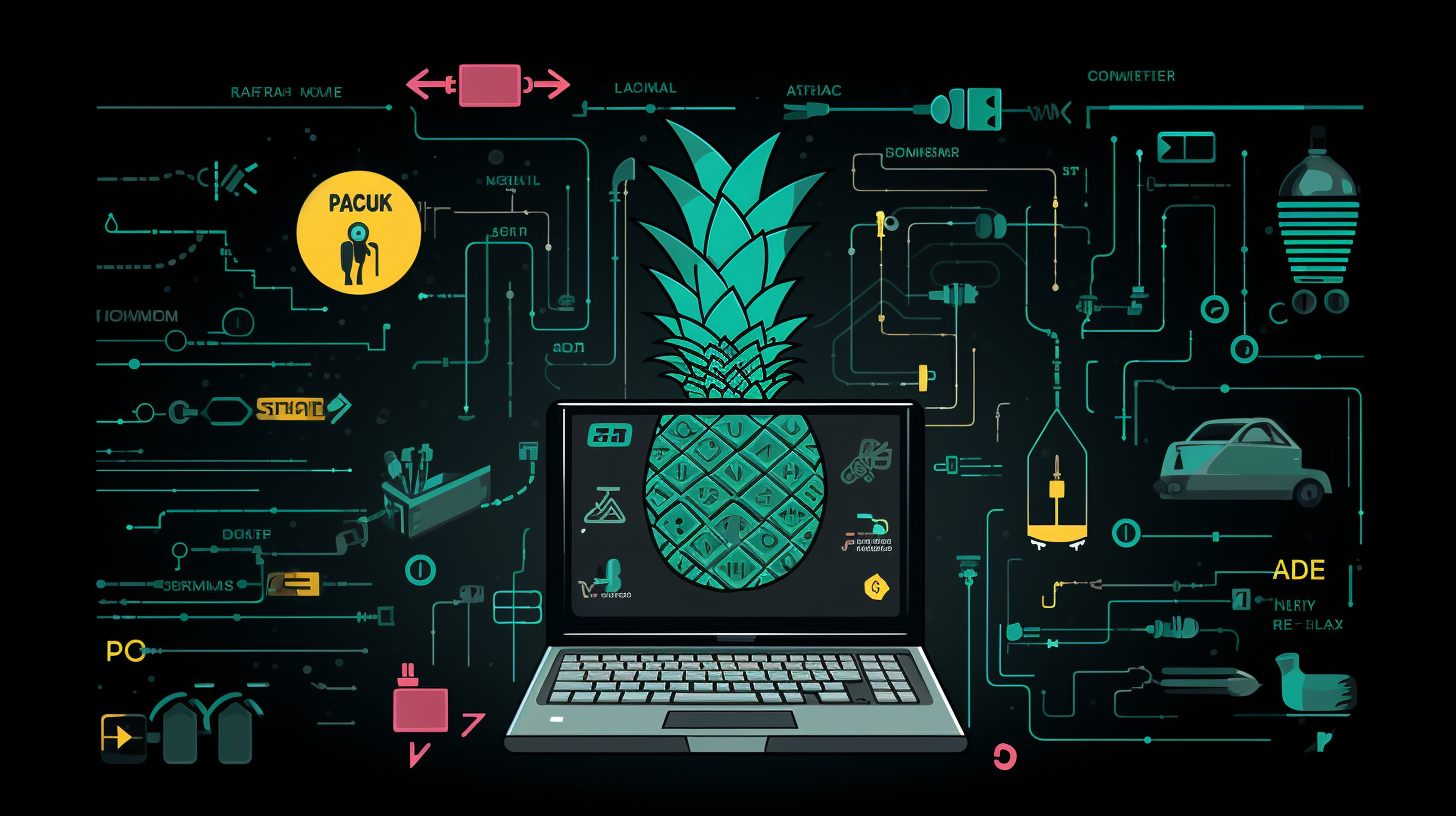
Arming the Guardians: Tools of the Undercover Pentester’s Trade
In addition to costumes and disguises, technology plays a significant role in the work of undercover pentesters. They utilize various tools and equipment to assess the security of a network. Some essential tools include:
1. WiFi Pineapple
The WiFi Pineapple is a versatile tool for intercepting and analyzing network traffic. Pentesters can use it discreetly, blending in with ordinary people using public Wi-Fi.
Get a WiFi Pineapple at the Hak5 Shop .
2. Lock Picking Kit
Physical security is just as critical as digital security. A lock-picking kit allows pentesters to gain access to secured areas when in disguise.
There are many lockpick sets to choose from on Amazon . However, we recommend any of the following quality sets:
3. Raspberry Pi
The Raspberry Pi is a small, inconspicuous computer that can be used to run various penetration testing tools. It’s an essential part of a pentester’s toolkit.
You can pick up a Raspberry Pi on Amazon , or alternatively get the more powerful alternative the Orange Pi .
4. FlipperZero
The FlipperZero is a versatile tool for undercover pentesters, offering a wide range of capabilities. It’s a multi-tool for security assessments, equipped with features like RFID cloning, NFC emulation, hardware hacking, and more. With its compact and inconspicuous design, pentesters can blend in while conducting various security tests.
Get the FlipperZero on the official website .
The FlipperZero is designed to support various security research and penetration testing tasks, making it a valuable addition to a pentester’s toolkit.
More Hardware Recommendations
For additional hardware recommendations, you can explore SimeonOnSecurity’s Hacker Hardware Recommendations .
Staying Legal and Ethical
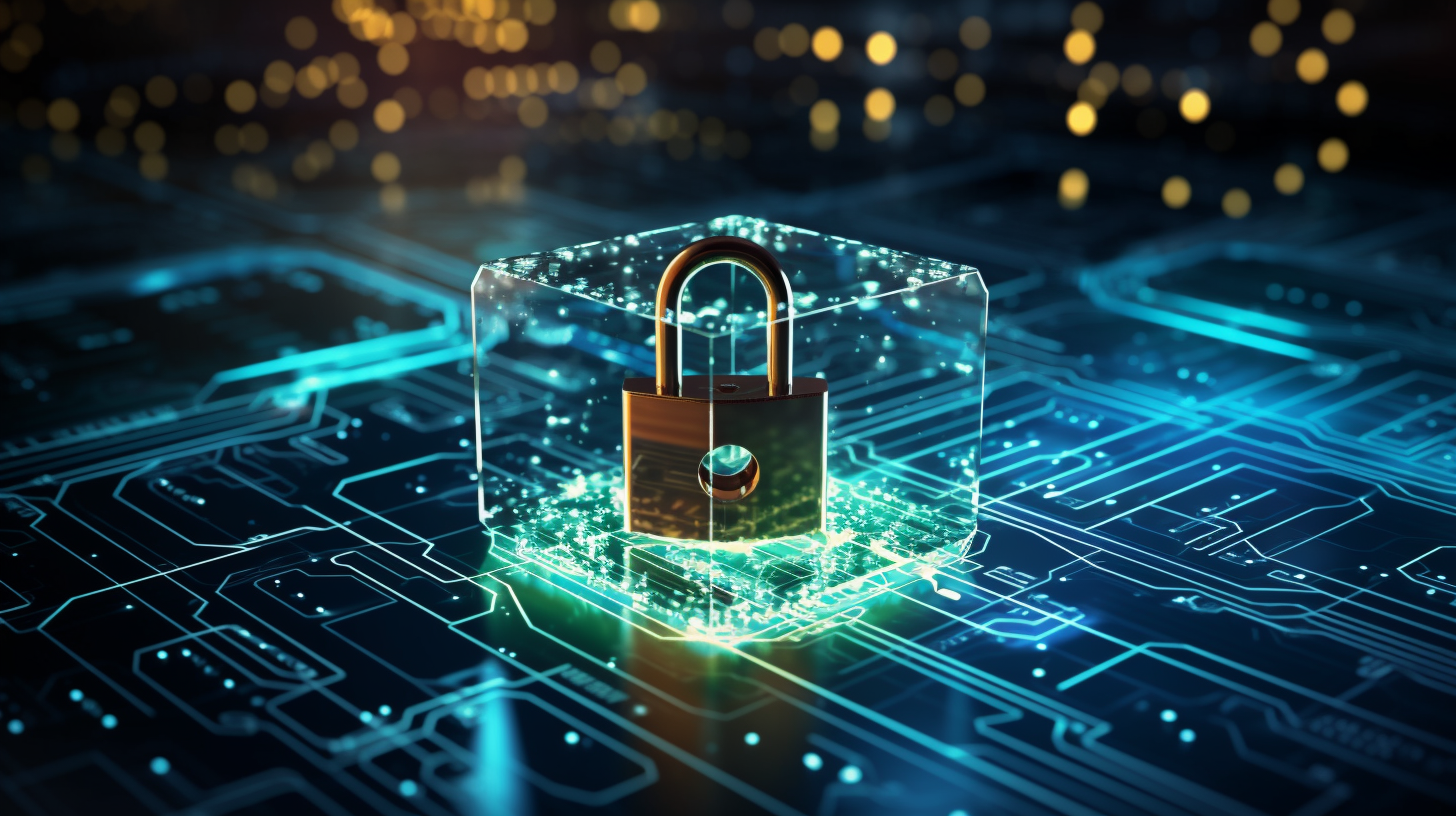
Ethical Boundaries: Navigating the Legal Landscape of Cybersecurity.
It’s important to note that the work of undercover pentesters should always be within the bounds of the law and adhere to ethical standards. Government regulations, such as the Computer Fraud and Abuse Act (CFAA) in the United States, set clear guidelines for what is legal and illegal in the field of cybersecurity. Pentesters must operate within these legal frameworks to avoid legal repercussions.
Conclusion
In the ever-evolving landscape of cybersecurity, staying ahead of cyber threats is paramount. Undercover pentesters play a crucial role in this battle by identifying vulnerabilities before malicious actors can exploit them. Costumes and disguises are essential tools in their arsenal, allowing them to remain inconspicuous while assessing the security of computer systems and networks. By understanding the significance of these disguises and the various roles they play, we can better appreciate the vital work of undercover pentesters in safeguarding our digital world.
Disclosure and Affiliate Statement:
Affiliate Disclosure: We may earn a commission from links on this page. These commissions support our website and the content we provide. Rest assured, we only recommend products/services we believe in. Thank you for your trust! Click Here to Learn More
This article refers to other articles we've written:
- SimeonOnSecurity's Recommendations
SimeonOnSecurity's expert recommendations for security and privacy products. Find top-rated software, books, plugins, providers, and more.
- Exploring Flipper Zero: A Versatile Device for Hacking and Security
Discover the diverse use cases of Flipper Zero, the ultimate handheld gadget for hardware hacking, wireless communication analysis, and everyday tech needs.
- Recommended Hacker Hardware
Discover SimeonOnSecurity's Recommended Hacker Hardware, including tools for RFID, NFC, WiFi hacking, wireless hacking, and more. Shop top products from brands like Hak5, Chameleon Tiny, Alfa, and more. Find the perfect tool for your needs with SimeonOnSecurity's comprehensive and professional recommendations.






